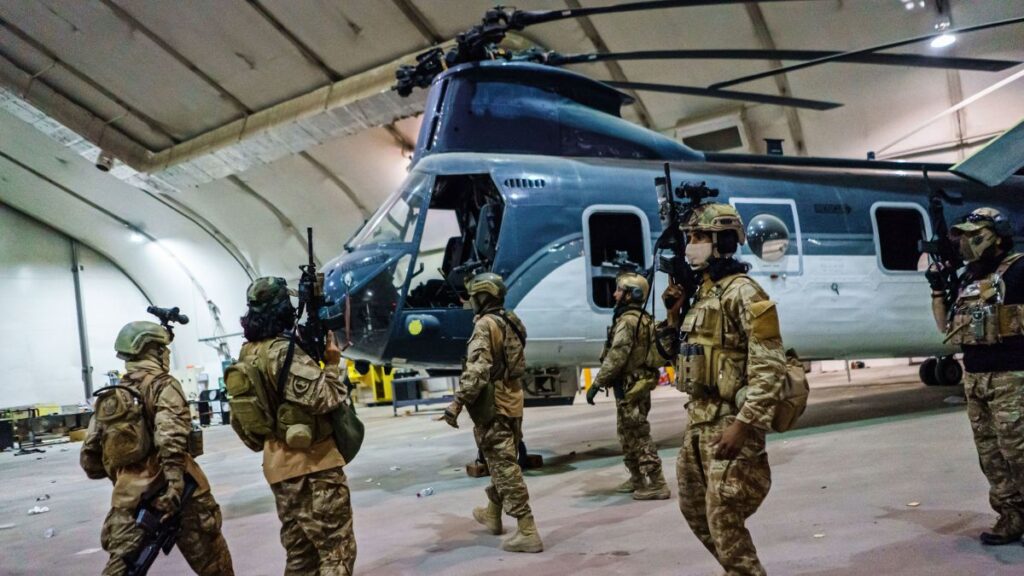The war in Afghanistan has had significant human and financial costs. The war in Afghanistan, which was the United States’ longest-ever combat mission, lasted for almost 20 years. Despite its length, it received relatively little attention from the American public and less oversight from Congress compared to the Vietnam War. However, the war resulted in tens of thousands of deaths and will continue to have a financial impact on future generations of Americans. As General Scott Miller handed over his command in Kabul, it is worth reviewing some key statistics related to the U.S.-led war in Afghanistan.
According to a report by Watson Institute for International and Public Affairs at Brown University, the United States spent $2.313 trillion on the war in Afghanistan and Pakistan from 2001 to 2022. [1]. Additionally, this report states that the war has caused the deaths of over 480,000 people, including civilians, troops, and opposition fighters.
It is also worth noting that in an address to the nation on August 31, 2021, President Joe Biden cited the estimates of the Watson Institute’s Costs of War project to convey the financial and human burden of the 20-year war in Afghanistan as he defended his decision to withdraw from the country. [2]
However, an article by BBC news in 2021, cites a slightly different figure for the total military expenditure in Afghanistan. The article states that the total military expenditure in Afghanistan (from October 2001 until December 2020) was $825bn, with about another $130bn spent on reconstruction [3].
In conclusion, the war in Afghanistan has had a significant human and financial cost, with estimates of the total cost ranging from $2.3 trillion to $955 billion. The war has caused the deaths of over 480,000 people and has had a significant impact on the United States economy.


